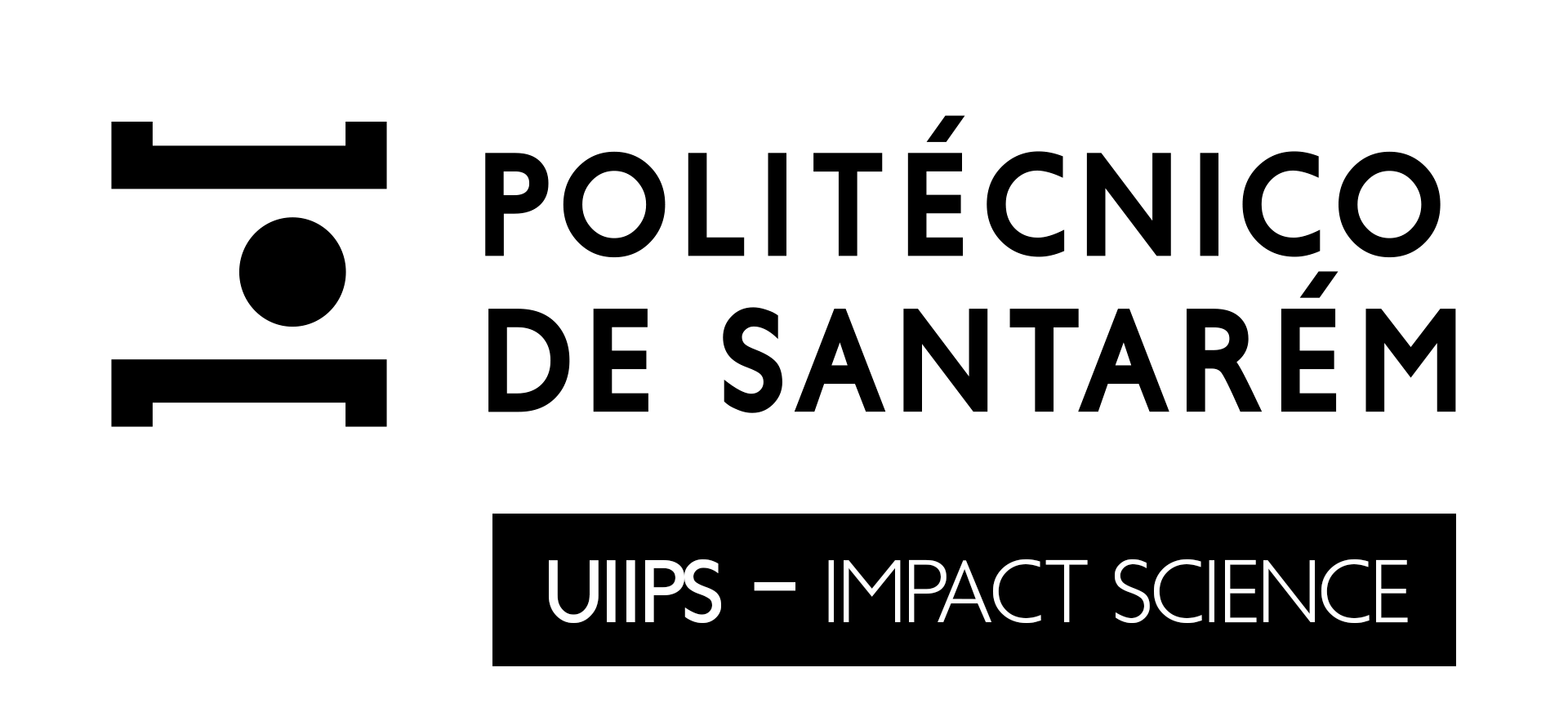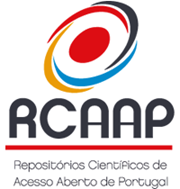Análise da Coordenação Motora da Marcha em Pacientes com Artroplastia do Joelho: Estudo de Caso
DOI:
https://doi.org/10.25746/ruiips.v11.i3.32494Palavras-chave:
Artroplastia Total, Joelho, Idoso, Coordenação Motora, Exercício FísicoResumo
A avaliação da marcha é um fator crucial na medição dos resultados pós-operatório da Artroplastia Total do Joelho. A Artroplastia Total do Joelho (ATJ) é uma opção cirúrgica destinada a pacientes com estágios avançados de degeneração articular no joelho. Esta cirurgia envolve a substituição completa da articulação por uma prótese, o que ajuda a restaurar o movimento e a qualidade de vida do paciente. Atualmente, a Artroplastia Total no Joelho tem vindo a ser estabelecida como um procedimento clínico standard. Em Portugal, entre o ano de 2021 e 2023 existiram 3.494 Artroplastias Totais de Joelhos. A redução da dor, a melhoria da função biomecânica e o aumento da qualidade de vida na maioria dos pacientes são características predominantes quando se realiza uma ATJ. A coordenação motora é o domínio dos graus de liberdade redundantes de uma cadeia biocinemática para produzir um movimento controlado. As estratégias de coordenação englobam, para além da modulação dos graus de liberdade de cada articulação da biocinemática, a alteração da variabilidade e estabilidade do movimento nas ações motoras. Até aos dias de hoje, nenhum estudo anterior analisou a marcha de indivíduos com Artroplastia Total do Joelho. O objetivo deste estudo consistiu em avaliar as assimetrias na coordenação motora na marcha de um indivíduo idoso com Artroplastia Total do Joelho. O participante, com 68 anos e do sexo masculino, foi submetido a uma intervenção cirúrgica de ATJ há 10 meses e realizou uma única sessão de marcha onde foram captados os dados do giroscópio, através da aplicação Phyphox. O tratamento de dados foi realizado no Microsoft Excel, onde primeiramente, a medida radianos foi convertida para graus. De seguida, através do tempo e dos graus obtidos, foram definidos os planos de movimento. Por fim, foram criados os gráficos de fase através dos planos e dos respetivos graus para os três planos do movimento. Através da análise da fluidez e dispersão das linhas, os resultados evidenciaram que entre os vários planos, o plano sagital apresentou a melhor coordenação motora. O plano com melhor coordenação motora foi o plano sagital, no qual ocorre a flexão e extensão da perna. No plano frontal, verificou-se uma menor coordenação motora da perna sem ATJ. Verificou-se ainda uma menor rotação externa do pé esquerdo, o que pode indicar uma menor estabilização da coxo-femoral. De acordo com os resultados e, de forma a reduzir as assimetrias identificadas, recomenda-se que o participante realize exercícios de reforço muscular e propriocepção de forma a melhorar a coordenação motora durante a marcha e impedir o “conflito” dos músculos agonistas e antagonista do movimento. Recentemente tem-se verificado um crescente número de estudos que utilizam a análise da marcha em pacientes com ATJ. O presente estudo caso demonstra que a análise da coordenação motora na marcha pode ser realizada de forma individualizada com recurso a uma aplicação móvel. Esta metodologia permite a recolha de dados de uma forma mais económica, possibilitando a análise e discussão dos resultados individuais, os quais poderão ser utilizados na prescrição de exercício.
Downloads
Publicado
Como Citar
Edição
Secção
Licença
Direitos de Autor (c) 2023 Bárbara Tavares, Inês Leal, Cristiana Mercê, Marco Branco

Este trabalho encontra-se publicado com a Licença Internacional Creative Commons Atribuição-NãoComercial-SemDerivações 4.0.
Autores que publicam nesta revista concordam com os seguintes termos:
- Autores conservam os direitos de autor e concedem à revista o direito de primeira publicação, com o artigo simultaneamente licenciado sob a Licença Creative Commons Attribution que permite a partilha do trabalho com reconhecimento da autoria e publicação inicial nesta revista.
- Autores têm autorização para assumir contratos adicionais separadamente, para distribuição não-exclusiva da versão do artigo publicado nesta revista (ex.: publicar em repositório institucional ou como capítulo de livro), com reconhecimento de autoria e publicação inicial nesta revista.
- Autores têm permissão e são estimulados a publicar e distribuir o seu trabalho online (ex.: em repositórios institucionais ou na sua página pessoal) a qualquer ponto antes ou durante o processo editorial, já que isso pode gerar alterações produtivas, bem como aumentar o impacto e a citação do trabalho publicado.





